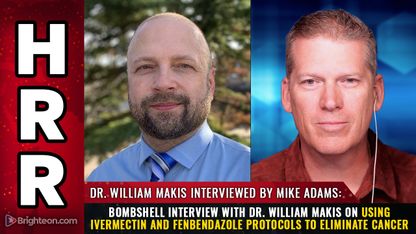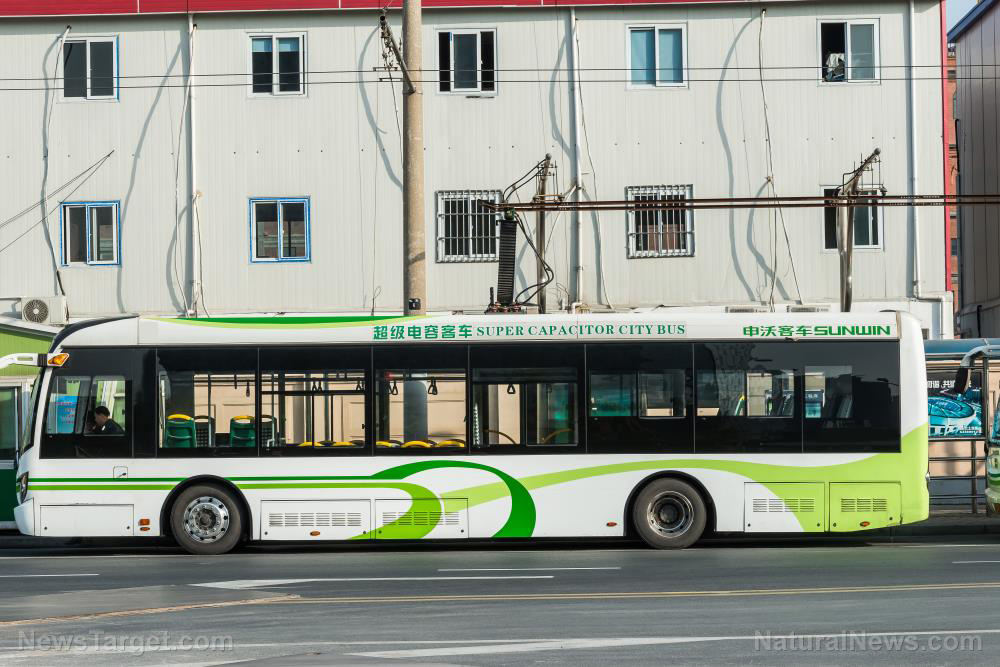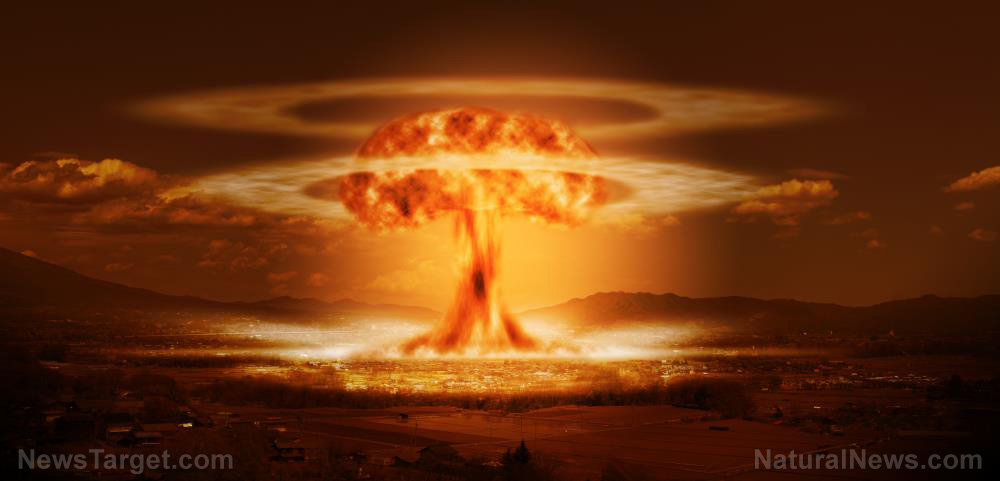
As reported by Homeland Security Newswire, the storm left in its wake terrible destruction, but not just to bridges. Harvey destroyed or otherwise disrupted a lot of critical infrastructure as well, and in particular, the infrastructure needed to move rescuers and supplies into the affected area.
The site noted:
Harvey’s trail of destruction through southern Texas this week is drawing attention to the difficulty of providing relief services in a place where roads, ports, and airports are heavily damaged, if not destroyed.
That means, of course, that the ability to more rapidly provide logistical support to aid stranded and displaced Texans was — and remains, thanks to follow-on flooding — extremely hampered.
The storm has provided another research opportunity as well. Ann Campbell, a professor of management sciences at the University of Iowa’s Tippie College of Business — an expert in transportation logistics — is working on finding a better, more efficient way for government agencies, charities, and businesses to get relief supplies to disaster areas.
Vehicle routing is her specialty, and she’s using what she’s learned thus far to improve routing. Through mathematical modeling and high-powered computer programs, she is attempting to devise quicker ways to move critical supplies.
There are fewer more challenging logistics problems to solve than those pertaining to natural disasters because there can be so many variables and unknowns.
“Commercial supply chains are focused on quality and profitability,” Campbell said, as Homeland Security Newswire reported. “Humanitarian supply chains are focused on minimizing loss of life and suffering, and distribution is focused on equity and fairness much more than in commercial applications.”
She’s right, of course. As Bugout.news has reported in the past, most people are not aware of just how fragile America’s “farm-to-fork” supply chain really is:
Unbeknownst to most Americans is the fact that our “farm-to-fork” logistical food chain is extremely fragile, thanks to modern-day technology and the business practices of the nation’s food retailers.
There is only a three-day supply of food in this fragile, commercially-oriented chain, as Texans found out before, during, and after Harvey.
And while research by experts like Campbell can certainly prove valuable, the one thing no one can plan for is the severity of the disaster.
Consider that if the New Madrid Fault, which lies near southeast Missouri, begins producing very large tremors, the disaster would quickly overwhelm the response. The New Madrid Fault Zone spans seven states including Missouri: Illinois, Indiana, Arkansas, Kentucky, Tennessee, Oklahoma, and Mississippi. Scores of roads and bridges would be knocked out, as would telephone and cellular communications. (Related: Survival report from inside Hurricane Harvey: The flooding has begun… and it’s brutal.)
It would very likely be a situation similar to what happened in Indonesia following a major tsunami in 2004, which destroyed a portion of Aceh Island and killed hundreds of thousands of people.
“For weeks, governments and international agencies struggled to bring relief supplies to a remote corner of a remote island where the disaster had destroyed most transportation infrastructure,” Homeland Security Newswire reported.
In a major earthquake-related disaster in America, despite our vast network of highways, roads, and bridges, entire regions containing tens of thousands of people will be completely cut off, accessible only by air.
And how many air assets can the government muster — and how quickly?
As Natural News founder and editor Mike Adams, the Health Ranger, noted, if you don’t prepare to be essentially cut off from the outside world, you’re not going to fare very well.
https://youtu.be/uv47QsLw1YQ
J.D. Heyes is a senior writer for NaturalNews.com and NewsTarget.com, as well as editor of The National Sentinel.
Sources include:
Please contact us for more information.























